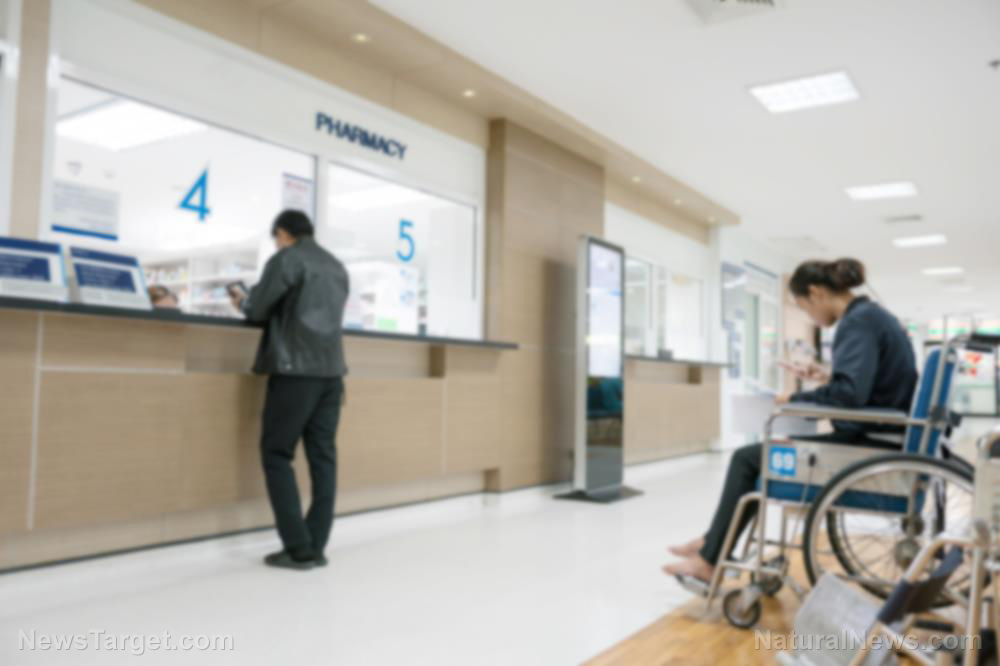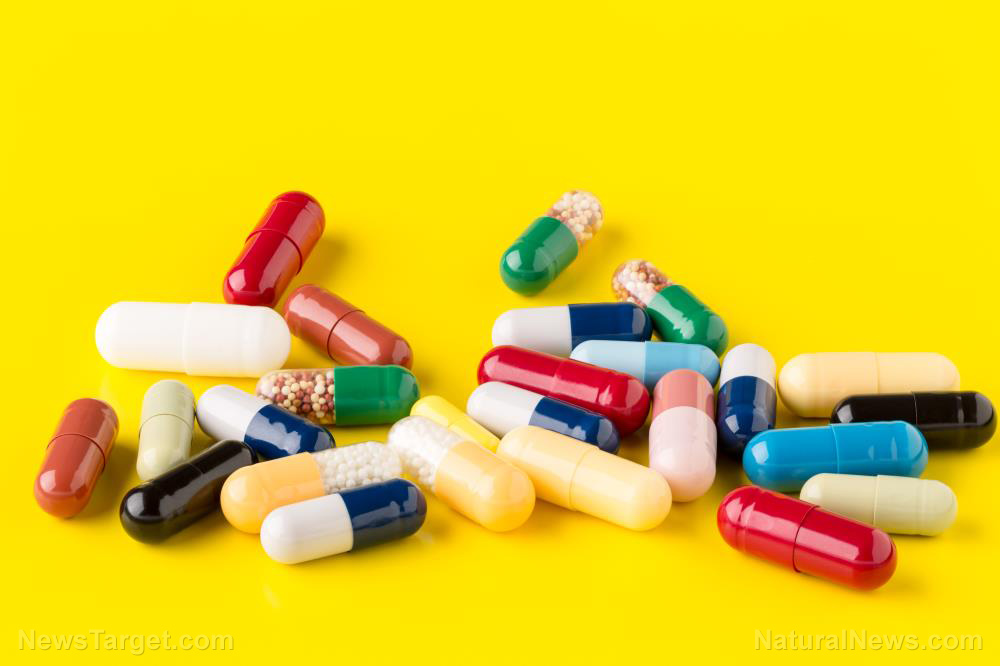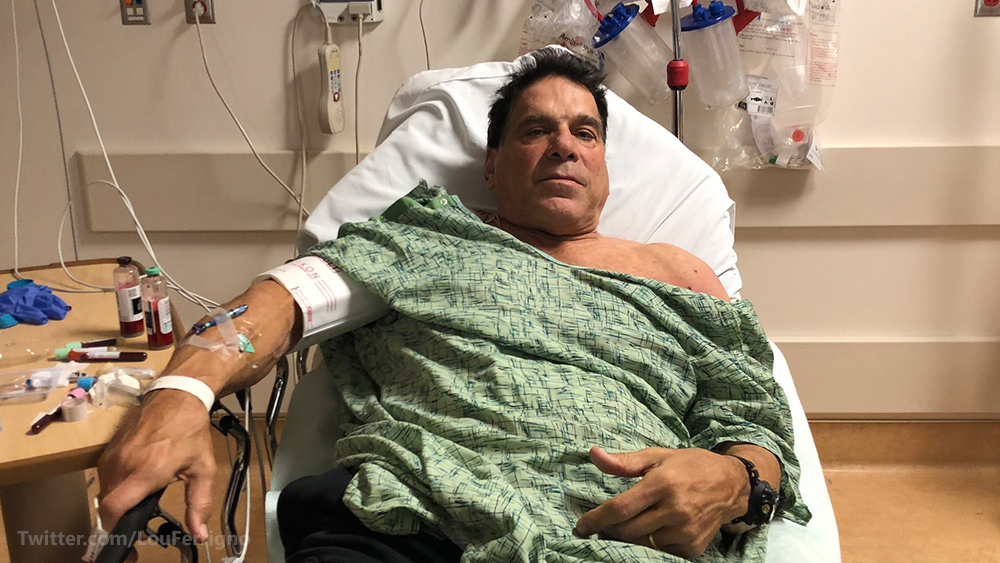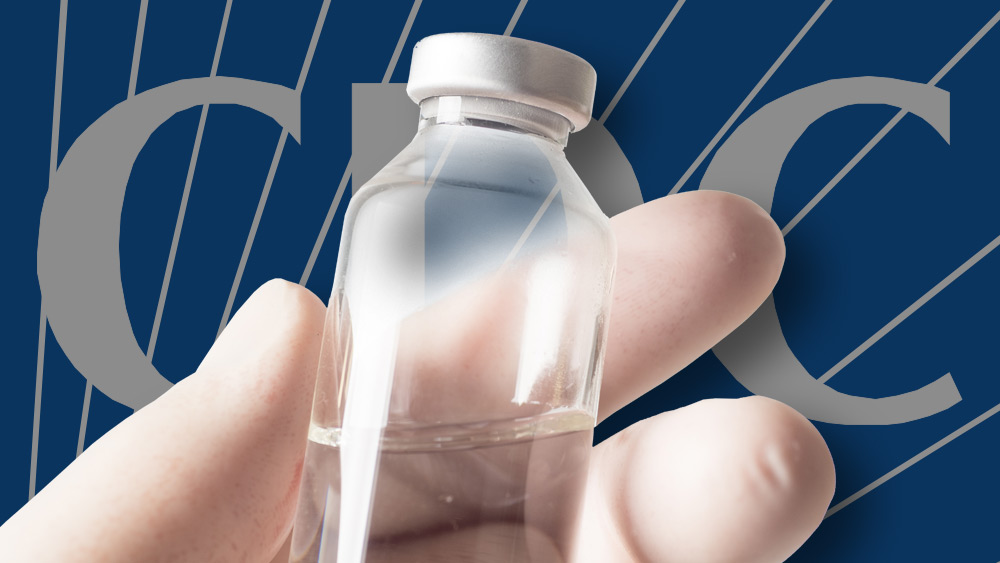Taking OTC pain meds right after exercise is a bad idea, here’s why
06/16/2018 / By RJ Jhonson

What do you do when you feel sore after your workout? If you drink over-the-counter pain medications, such as ibuprofen, to relieve the pain, you could be trading short-term relief for long-term organ damage. A study by researchers from Stanford University (Stanford) found that taking nonsteroidal anti-inflammatory drugs (NSAIDs) can lead to kidney damage and may even reverse the benefits you could have gained from exercise.
NSAIDs are pain relievers that limit the production of prostaglandin in the body, preventing the blood vessels from dilating and causing inflammation. It is estimated that about 75 percent of runners use ibuprofen and other types of NSAIDs before, during, or after their workout to ease muscle pain.
Stanford researchers discovered that this could be a bad idea. Aside from increasing the risk of kidney damage, the drugs could also impair the body’s ability to heal broken tissue, a process essential to building stronger and tougher muscles.
In one study, researchers recruited 89 ultramarathon athletes from different parts of the world. They were asked to take either a placebo or ibuprofen every four hours during a 50-mile section of a race. Their blood was then drawn and examined for creatinine levels.
Creatinine is a natural byproduct of the kidney’s filtration process. High levels of it are taken as a sign that the kidneys are damaged or undergoing stress.
Elevated creatinine levels were found in nearly half of the athletes, but more so among those who took ibuprofen. Although recovery was fast and the athletes’ creatinine levels soon returned to normal, the researchers determined that taking ibuprofen made the marathoners 18 percent more likely to suffer from an acute kidney injury. (Related: NSAIDS silently wreak havoc on your small intestine.)
In another study, researchers, also from Stanford, found that blocking prostaglandin by taking NSAIDs also impedes the production of stem cells vital to recovery. This was observed in mice with muscle injuries similar to what humans would have after strenuous exercise.
Working out damages muscle tissue, but subsequent recovery makes them stronger and more resistant to wear and tear. This is how exercise builds up muscle strength. By impairing this process, NSAIDs reduce the effectiveness of working out as a means to increase muscle tone and power.
Natural ways of dealing with exercise-related pain
Inflammation is not a medical condition but is a natural effect of exercise.
If the pain gets too uncomfortable, taking a cold bath will help reduce the inflammation and the accompanying discomfort. Increasing the amount of antioxidant-rich food items in your diet will also fill your body with nutrients that help repair tissue and keep your cells healthy.
For pain relief, there are natural treatments that do not have the side effects of toxic artificial medications:
- Capsaicin – This is a substance found in chili and cayenne pepper. It has natural muscle-relaxant properties that have made it a popular treatment for rheumatoid arthritis, fibromyalgia, and even plain muscle pain. It comes in various forms, such as creams and ointments.
- Chamomile – This flower is often used to treat muscle spasms and inflammation because of its rich flavonoid content. You may apply its essential oil to your sore spots or drink it as tea to relax your mind and body.
- Cherry juice – This refreshing drink contains plenty of antioxidants and has anti-inflammatory properties. It is especially recommended for runners after a long marathon.
- Rest – When it comes to pain relief, nothing beats giving your body the time to recover. Sleeping calms your nerves, muscles, and mind, and speeds up your healing process.
Find more natural remedies for muscle pain and other health problems at Remedies.news.
Sources include:
Tagged Under: Big Pharma, drugs, exercise, fitness, harmful medicine, Ibuprofen, kidney damage, muscle pain, NSAID, Pain medication, pain relief, pain reliever, painkillers, Prescription drugs, protaglandin, sore muscles, tissue damage, workout




















